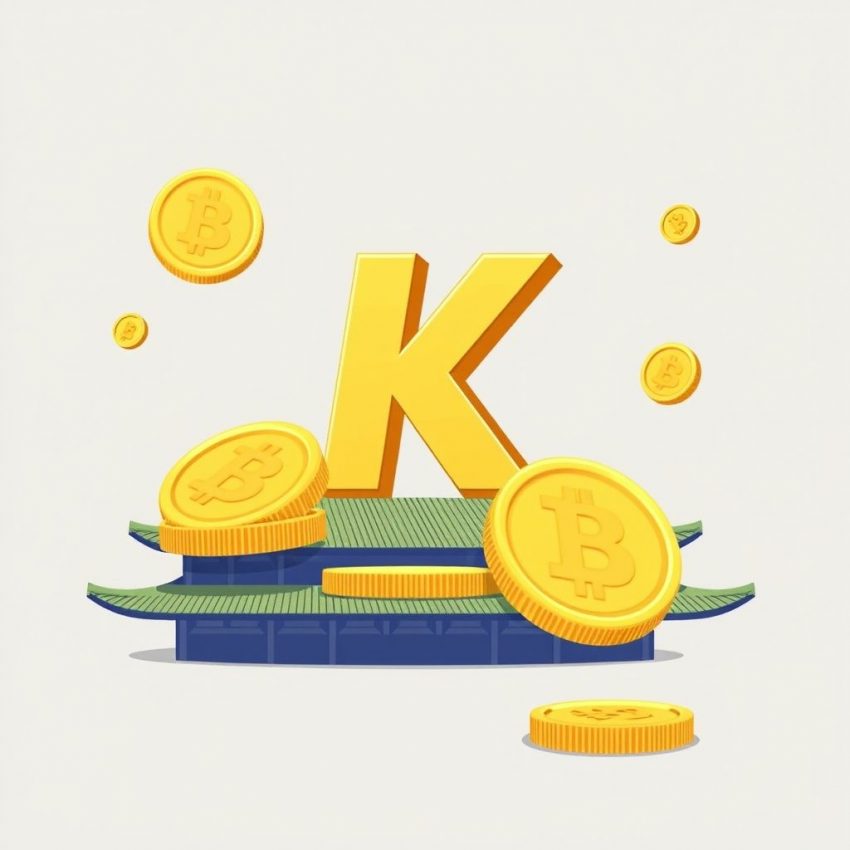South Korea's CBDC Stumbles: KakaoBank Jumps into the Stablecoin Gold Rush
South Korea's ambitious central bank digital currency (CBDC) project, which had been generating considerable buzz, has seemingly hit a major snag. While the exact reasons remain somewhat opaque, the project's apparent demise has opened the door for a flurry of activity in the burgeoning stablecoin market, with major player KakaoBank leading the charge. This shift highlights a fascinating dynamic in the global digital currency landscape: the potential for private sector innovation to fill the void left by stalled government initiatives.
For months, South Korea had been exploring the potential of a CBDC, hoping to modernize its financial system and potentially compete with other nations pushing forward with similar projects. The potential benefits – increased efficiency, enhanced financial inclusion, and improved cross-border payments – were undeniable. However, the project seems to have encountered significant hurdles, potentially related to technological challenges, regulatory complexities, or perhaps a shift in priorities within the central bank. The lack of official clarity surrounding the project's termination leaves room for speculation, but the impact is clear: the private sector is stepping in.
Enter KakaoBank, one of South Korea's leading digital banks. Recognizing the growing demand for stable, digital assets, they're reportedly joining the stablecoin gold rush, focusing their efforts on developing and implementing their own stablecoin. This move isn't surprising. Stablecoins, pegged to the value of a stable asset like the US dollar or gold, offer a crucial bridge between the volatility of cryptocurrencies and the stability of traditional fiat currencies. They provide a more user-friendly experience for those seeking the benefits of digital transactions without the inherent risk of price fluctuations.
KakaoBank's entry into the stablecoin market represents a significant development for several reasons:
- Increased Competition: Their involvement will likely intensify competition within the South Korean stablecoin market, potentially leading to greater innovation and more favorable conditions for consumers.
- Enhanced Trust and Adoption: As a well-established and trusted financial institution, KakaoBank's foray into stablecoins could significantly boost public confidence in this emerging asset class.
- Potential for Wider Adoption: KakaoBank's existing user base provides a ready-made market for their stablecoin, potentially accelerating its adoption compared to newer, lesser-known players.
However, this shift also raises important questions. The regulatory landscape for stablecoins remains relatively nascent, and governments worldwide are still grappling with how best to oversee this rapidly evolving space. The success of KakaoBank's venture will depend heavily on navigating these regulatory hurdles and ensuring the security and stability of their stablecoin.
The South Korean CBDC's apparent failure doesn't signal the end of digital currency innovation in the country. Instead, it illustrates the dynamism of the market and the potential for private sector ingenuity to fill regulatory and technological gaps. KakaoBank's move into the stablecoin arena marks a significant turning point, and its success will likely shape the future of digital finance in South Korea and beyond. We'll be watching closely to see how this story unfolds.
Don’t miss out on this exclusive deal, specially curated for our readers!
This page includes affiliate links. If you make a qualifying purchase through these links, I may earn a commission at no extra cost to you. For more details, please refer to the disclaimer page. disclaimer page.

